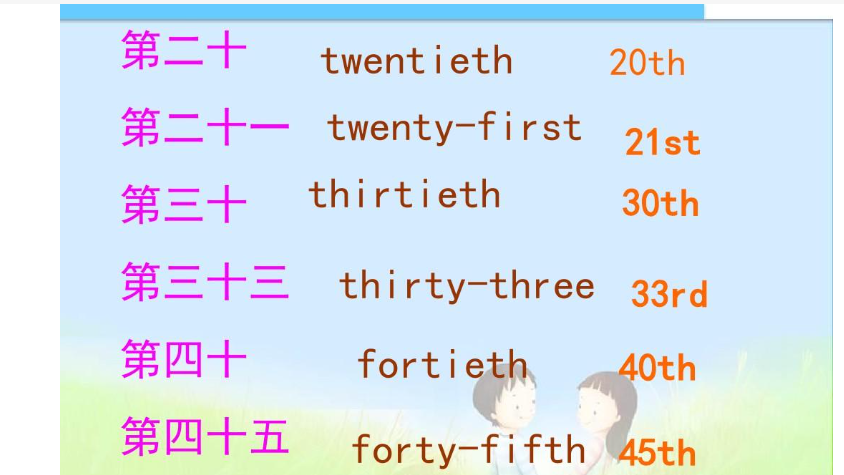How to Express 8:30 in English: A Comprehensive Guide
Time is a fundamental aspect of our daily lives, and being able to tell the time accurately is essential for effective communication. Whether you're scheduling meetings, planning events, or simply checking your watch, knowing how to express specific times in English can significantly enhance your clarity and confidence. In this article, we will explore different methods to articulate "8:30" in English through various contexts such as formal events, casual conversations, and written communications.
Introduction
In English, time can be expressed in several ways, depending on the formality and context of the situation. The way you present "8:30" can vary between a professional setting and a relaxed gathering with friends. Understanding these differences can help you choose the right phrase depending on whom you are speaking to or the situation you are in.
Let's delve into the different ways to say "8:30" in English by outlining three essential approaches: **1. Numerical Expression, 2. Informal Conversation, and 3. Formal Contexts**.
1. Numerical Expression
The simplest way to express time in English is through numerical representation. When conveying time numerically, "8:30" is straightforward and universally understood.
For instance:
- When digitally displaying time, such as on a clock, computer, or smartphone, you would simply say "It is 8:30."
- If someone asks you, “What time is it?” you could respond, “It’s 8:30.”
This method is particularly useful in contexts where clarity is critical, such as scheduling meetings or collaborating over time zones where ambiguity could lead to misunderstandings.
Examples:
- “Let’s meet at **8:30 AM**.”
- “The train departs at **8:30 PM**.”
2. Informal Conversation
When eng玩法ing in informal discussions, native English speakers frequently use conversational phrases that can replace the basic numerical expression. To say "8:30," you have several options that sound more casual.
For instance:
- “It’s half past eight.” This phrase indicates that it is 30 minutes after 8 o'clock.
- “It’s eight-thirty.” This is an alternative numerical phrasing that many people also use.
In social settings, especially when talking to friends or family, using casual phrases enhances relatability and warmth in your communication.
Examples:
- "Are we still on for dinner at **half past eight**?"
- "Let’s aim to leave by **eight-thirty**."
This conversational style conveys a relaxed tone and often pairs well with friendly chit-chat, making it ideal for informal gatherings or casual emails.
3. Formal Contexts
In formal settings—such as business meetings, academic presentations, or official correspondence—the way you communicate time requires a more structured approach. Here, clarity and professionalism are vital.

When expressing "8:30" formally, it’s often helpful to clarify whether it's in the morning or evening (AM or PM), especially if it could lead to any confusion.
Here are some formal examples:
- "The board meeting will commence at **eight-thirty in the morning**."
- "Please arrive promptly by **eight-thirty PM**, as we have a strict schedule."
It's also worth noting that in formal writing, you may need to avoid contractions or slang to maintain professionalism. Using a full phrase, such as "eight thirty," rather than the numerical "8:30," might be more appropriate in certain contexts.
Additional Tips for Formal Communication:
- Always specify AM or PM when necessary to avoid misunderstandings.
- Consider providing context if the time is crucial, e.g., “The deadline for submission is at **eight-thirty in the morning on Monday**.”
Conclusion
Mastering the various ways to express "8:30" in English not only helps you communicate effectively but also demonstrates your understanding of langu玩法e nuances depending on different settings. By familiarizing yourself with the numerical expressions, informal phrases, and formal context explanations, you’ll find it easier to navigate social and professional interactions.
In summary, you can express "8:30" in three main ways:
1. **Numerical Expression:** “It’s **8:30**.”
2. **Informal Conversation:** “It’s **half past eight**.”
3. **Formal Contexts:** “The meeting begins at **eight-thirty in the morning**.”
With practice and awareness of these variations, you'll feel more confident in discussing time in English, allowing you to engage thoughtfully in any conversation.
云作文原创内容,未经允许不得转载。